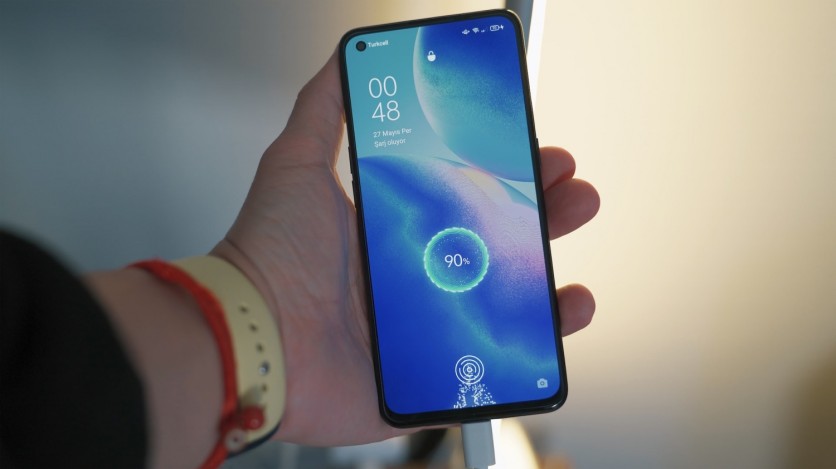Sometimes, your battery loses its power without you knowing. In some cases, people put their gadgets inside safe storage only to discover later that their 100% battery is not full anymore.
Surprisingly, some users find out that their phone has a dead battery despite not using it for a long time.
To clarify this issue, here's an explainer of why batteries lose charge even though you're not using them.
Battery Discharging

Some people are still confused about why their batteries are not in top shape, despite keeping them away from direct sunlight or other dangerous settings.
In fact, the electrical energy inside a battery is not forever stored in a cell. The electrons won't last for a long time since they would gradually escape.
You can sometimes notice that your device quickly loses its power because the battery is not at its full capacity.
In this process, the chemical reaction is making its job of keeping the device usable with batteries. However, you can barely notice that the batteries start to discharge as they deplete the stored energy.
Battery Types and Self-Discharge Rate
As a gadget user, it's always important to be aware of the type of your battery. This is crucial to assess its self-discharge rate.
To give you more information about the different battery types, here's what you need to know about them.
- Low-Discharge Nickel-Metal Hydride: 0.25 to 0.50% self-discharge rate per month
- Lithium-Ion: 2 to 3% self-discharge rate per month
- Lead-Acid: 4 to 6% self-discharge rate per month
- Nickel-Cadmium (Ni-Cad): 15 to 20% self-discharge rate per month
- Nickel-Metal Hydride (NiMH): 25 to 30% self-discharge rate per month
Simple Trick to Reduce Self-Discharge
The self-discharge rate merely depends on the type of battery and the environment where it is placed. According to Panasonic, if you want to slow down the battery discharge rate, you need to place them in a cold place, such as a refrigerator.
Yes, you heard that right. You can put your batteries inside it, but make sure that they won't stay there for a long time. You should do this because condensation can destroy your batteries and render them useless for your daily needs.
To make it more logical and sound, you need to keep your batteries in cool but dry storage. Make sure that the temperature in a particular area is sitting between 10 and 25 degrees Celsius.
Alternatively, you can place your batteries in your basement if you have one. Do not leave them in your garage.
However, if you notice that your batteries are discharging at a very rapid rate, then you might consider buying new ones.
Of course, you won't be able to use your batteries in the long run because they degrade in quality for each use. The best thing to do with them is to recycle them and replace them with something new.





